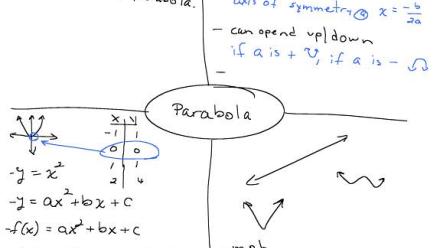As you might have experienced in your classroom, students who read more typically have more expansive vocabularies than other students (Cunningham & Stanovich, 2001). But, it’s not just the number of words that matters. Students need to know different kinds of words, ranging from the most common everyday terms to those that are more unusual and academic, as well as the connections between words in order for their vocabulary knowledge to grow exponentially. Along with getting students reading outside of school, how can you help expand their vocabulary knowledge?
Types of Vocabulary Instruction
A number of researchers (Biemiller, 2010; Beck and McKeown, 2007; Hiebert, 2005) have offered guidelines to choosing words to teach, but how do you interest students in discussing and using specific words? Let’s consider two complementary approaches to building students’ vocabulary knowledge and their curiosity about words: word-specific vocabulary instruction and generative-vocabulary instruction. Historically, we have focused more on word-specific vocabulary instruction but students need a combination of the two for their vocabulary knowledge to really soar.
Word-specific Vocabulary
A word-specific vocabulary approach focuses on teaching targeted words and strategies for independent word learning. Many of these strategies, such as Semantic Maps and the Frayer Model, may be familiar to you.
Generative Vocabulary
Deciphering words is a powerful skill. A generative-vocabulary approach incorporates morphemic analysis into its vocabulary focus. By doing so, students learn meaningful parts of words that helps them navigate the relationships between new and known words. Once students know meaningful parts of words, they are able to unlock the meaning of thousands of words in English. This is particularly helpful for our English Language Learners and students reading below grade level.
Vocabulary
Semantic Feature Analysis
Comprehension Vocabulary
Frayer Model
Key Instructional Ideas
-
Make vocabulary study a regular piece of your instructional cycle. While vocabulary instruction is a regular part of the curriculum in most elementary schools, it tends to tail off in the upper grades even though the amount of vocabulary facing adolescent learners sharply increases. Students continue to need help building their word knowledge throughout middle and high school. Keep it short and sweet to ensure student engagement does not fall off. Ten to 15 minutes of your class time is more than enough to discuss meanings and make connections between concepts and words.
-
Teach more by teaching less. You may be tempted to assign long word lists to students, but stop yourself! You can have a greater impact on vocabulary by giving students repeated exposures and connections to 5-10 useful new words every week, rather than by drilling them on 20 or more words at a time (most of which will be forgotten fairly quickly).
-
Teach synonyms, antonyms, and alternate meanings of words. Students will have more success learning and remembering words if they study them along with clusters of related terms. Make sure to point out the nuances of English that make it a challenging language to master, such as words that mean different things in different contexts (e.g, the use of the term reaction in chemistry and its use in everyday conversation)
-
Model what to do when students come across new words. How do you figure out new words? Students benefit from teacher-think-alouds where they can see you model how to think through your use of word-learning strategies with an unfamiliar word.
Schoolwide vocabulary program
What would it look like to explicitly support vocabulary instruction across all subject areas? Let’s listen to middle school principal Caroline Bloxom describe a schoolwide vocabulary program used across content areas in her school.
Related resources
Blog: Shanahan on Literacy
Vocabulary Teaching
Vocabulary



